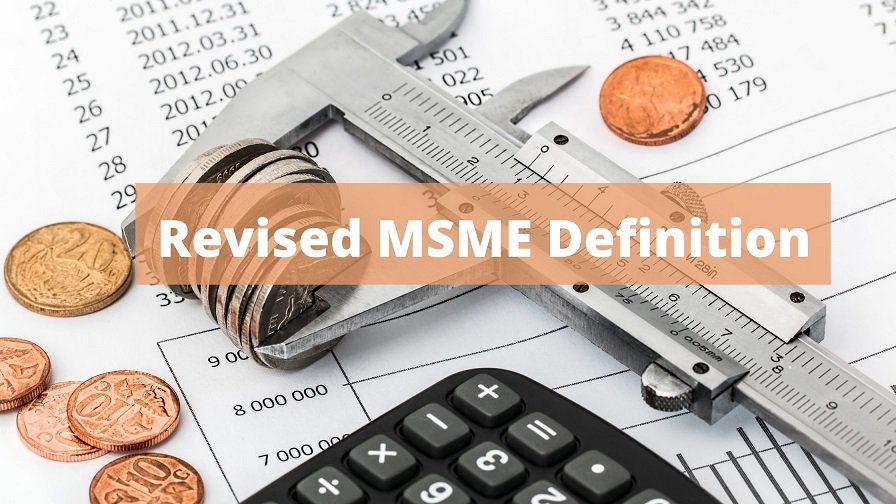Simplified Turnover Method for working capital assessment: FAQs
The Simplified Turnover Method is normally used by banks in order to assess the working capital requirement of business enterprises. Working Capital Loan finance may include cash credits or overdraft accounts maintained with banks, the bills purchases / discounted, term loan etc. However, it is really confusing to understand the method in which the working capital is assessed before sanctioning any working capital loan to any business.
Suggested Books for Credit Appraisal
We present here Frequently Asked Questions (FAQs) on Turnover Method:
You should read: Comprehensive guide to Credit Appraisal Process
What is Working Capital financing?
In order to understand the Turnover Method for working capital finance, we need to first understand the term working capital. It refers to the sum of funds invested in various current assets that are used in the operating cycle. The operating cycle refers to the total time required to convert non-cash assets such as raw materials, receivables etc. into cash assets. Now, in order to assess the working capital financing requirements, the gross working capital, the net working capital and gap in working capital are calculated. It is very important since lack of working capital will lead a business to technical insolvency and then to liquidation. Read: Detailed article on Working Capital.
What is Simplified Turnover Method?
Simplified Turnover Method is used to assess the working capital requirement of any borrower based on the turnover of the business. This method was originally suggested by the P.J. Nayak Committee for the Small Scale Industries in India in need of working capital from banks.
According to this method, the working capital requirement of the MSME unit is calculated at 25% of annual projected turnover. Out of the said Working Capital requirement, 5% requirement to be met by the borrower from his own sources and balance 20% to be financed by lending bank.
How working capital is assessed under Simplified Turnover method or Nayak Committee method?
Working capital limit is computed as per Turnover method as under:
For example, the projected annual turnover of ABC Company is Rs 100 lakh for the FY 2018-19.
According to turnover method, working capital requirement of the unit is 25% of Rs.100 lakh = Rs.25 lakh
The margin of the borrower will be 5% of the projected sales turnover (5% of 100) = Rs.5 lakh
Hence, the working capital to be financed by bank is (25-5) – Rs.20 lakh.
However, if projected Net Working Capital of the borrower is more than Rs.5 lakh, bank finance will be reduced accordingly. For example if projected NWC is Rs.7 lakh, Bank finance will be (Rs.25 lakh – Rs.7 Lakh) = Rs.18 lakh.
Whether 20% of the projected turnover is the maximum that bank can finance?
No, this is the minimum bank finance for the MSME unit. As per RBI guidelines, Working capital credit limits should be assessed both as per projected turnover basis and traditional method. If the credit requirement based on production/ processing cycle is higher than the one assessed on projected turnover basis, the same may be sanctioned. On the other hand if the assessed credit requirement is lower than the one assessed on projected turnover basis, the credit limit can be sanctioned at 20 per cent of the projected turnover. Actual drawals may be allowed on the basis of drawing power to be determined by banks after excluding unpaid stocks.
Upto which amount working capital can be assessed and sanction under Nayak Committee/ Turnover method?
The method is applicable for financing MSME units upto Rs.5 crores and for others upto Rs.2 crores.
How to ascertain if projected sale is reasonable & achievable for turnover method?
As per RBI guidelines, banks should satisfy themselves about the reasonableness of the projected annual turnover of the applicants, both for new as well as existing units, on the basis of annual statements of accounts or any other documents such as returns filed with sales-tax/revenue authorities and also ensure that the estimated growth during the year is realistic.
Reasonableness of the projected turnover may be ascertained on case to case basis, such as:
- Growth trend in turnover for past 2-3 years.
- Capacity expansion by the borrower.
- Orders in hand or tie ups with customers or marketing arrangements.
- Current year turnover upto the date of assessment.
What if working capital limit assessed under turnover method is less than the actual requirement of the borrower?
The banks may, at their discretion, carryout the assessment based on projected turnover basis or the traditional method. If the credit requirement based on traditional production/processing cycle is higher than the one assessed on projected turnover basis, the same may be sanctioned, as borrower must be financed upto the extent of minimum 20 per cent of their projected annual turnover.
Whether 5 per cent NWC (Net Working Capital i.e., borrower’s margin) should be reckoned with reference to turnover or with reference to available long term sources; in other words is the prescribed NWC the minimum amount?
Since the bank finance is only intended to support need-based requirement of a borrower if the available NWC (net long term surplus funds) is more than 5 per cent of the turnover, available NWC should be reckoned for assessing the extent of the bank finance.
Whether projected turn over include taxes (previously Excise duty, now GST)
The projected turnover/output value may be interpreted as projected ‘Gross Sales’ which will include excise duty (now GST) also.
What are the other methods of Working Capital Finance in India?
In India, apart from the simplified turnover method, there are also other methods to assess the working capital requirement of a company. They are:
- Maximum Permissible Bank Finance – I and II
- Cash Budget Method (Receipts and payments are projected and deficits indicate the required bank finance)
Who recommended Simplified Turnover Method?
This method was first recommended by the Nayak Committee for Small Scale Industries. This is mainly recommended for loans to such enterprises up to a maximum limit of Rs 5 crores, based on the projected annual turnover of the company. This method was recommended for calculation of working capital limit in all the SSIs in the country. The committee also recommended that in case of technology and software sector, any working capital finance up to Rs 2 crores should be made on the basis of turnover method.
What are the benefits of Simplified Turnover Method?
The Simplified Turnover Method is useful in some aspects such as:
- It gives the opportunity to the borrower to get loan according to the future growth of the company rather than past or current records
- The calculation involved is very simple to understand and nothing complicated is there
- This method is useful for the maximum companies in India which are involved in small scale trading in the country



1 Comment
What Is Interest Coverage Ratio & How to calculate? - · September 6, 2022 at 9:53 pm
[…] Simplified Turnover Method for working capital assessment: FAQs […]
Comments are closed.